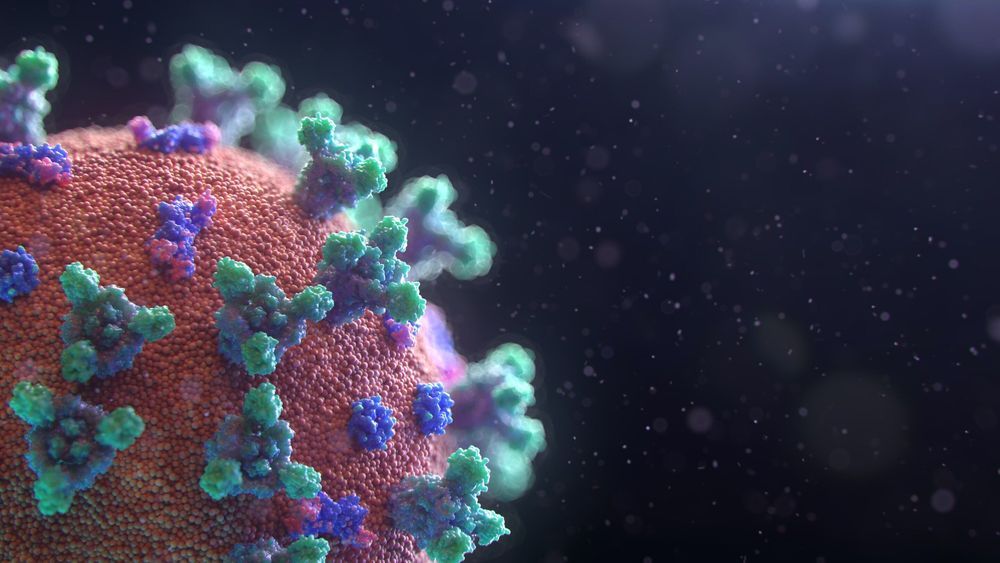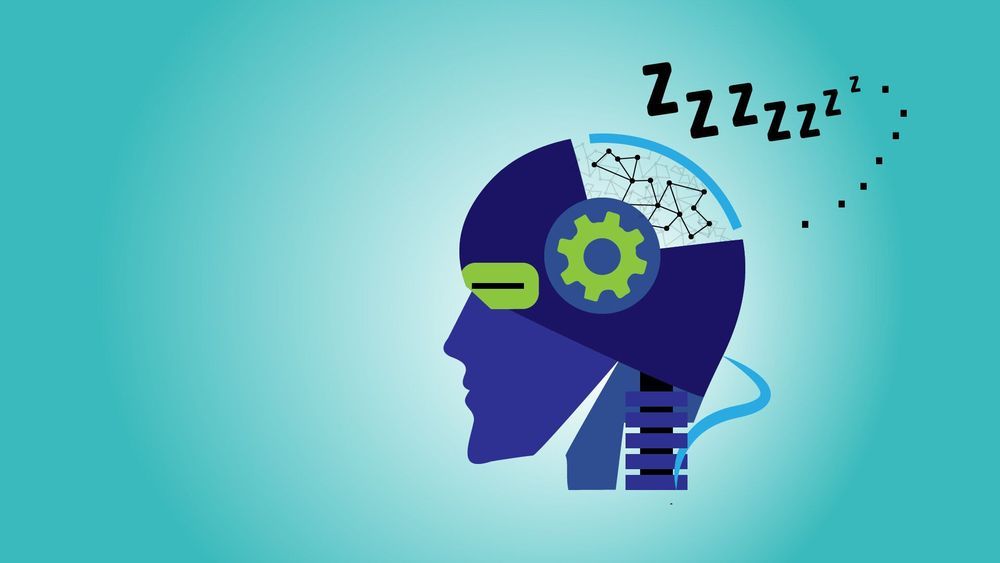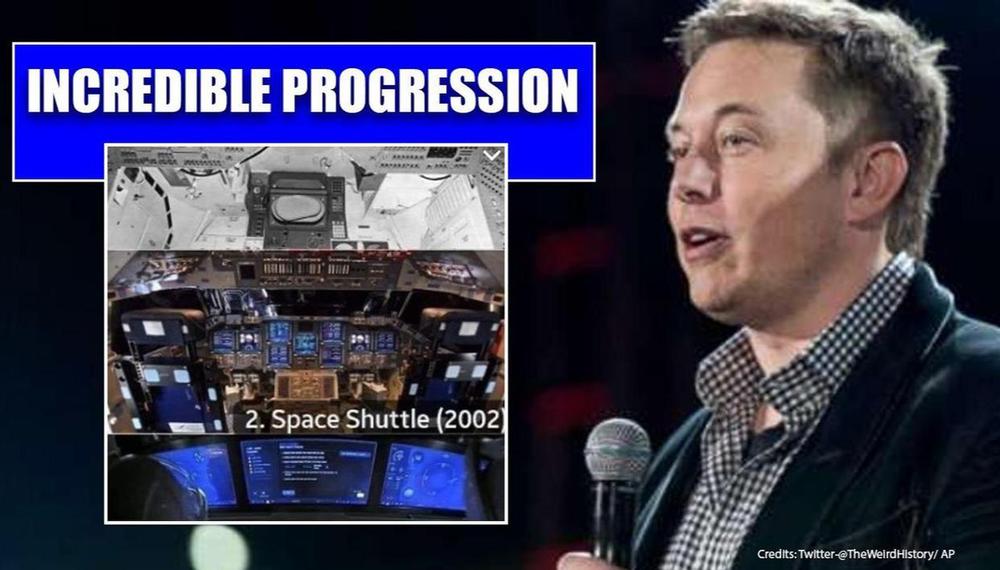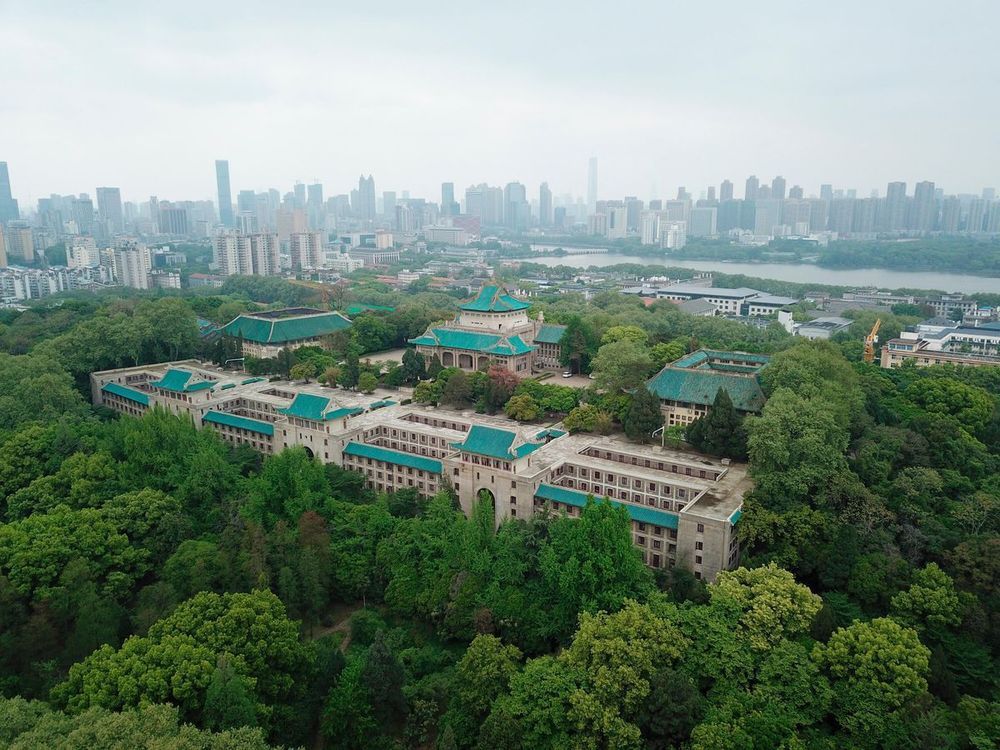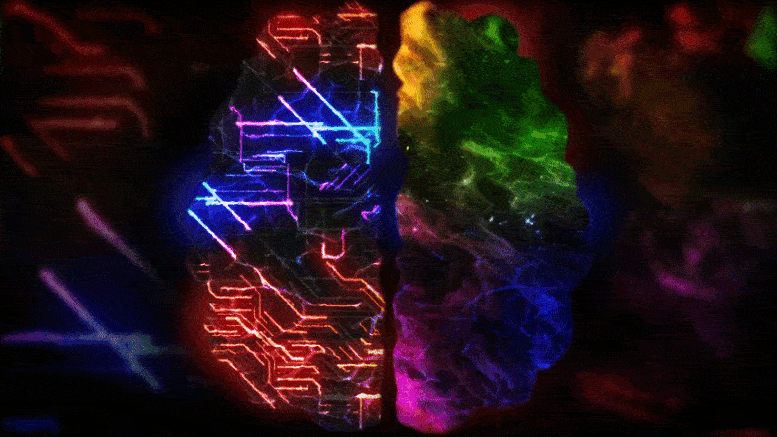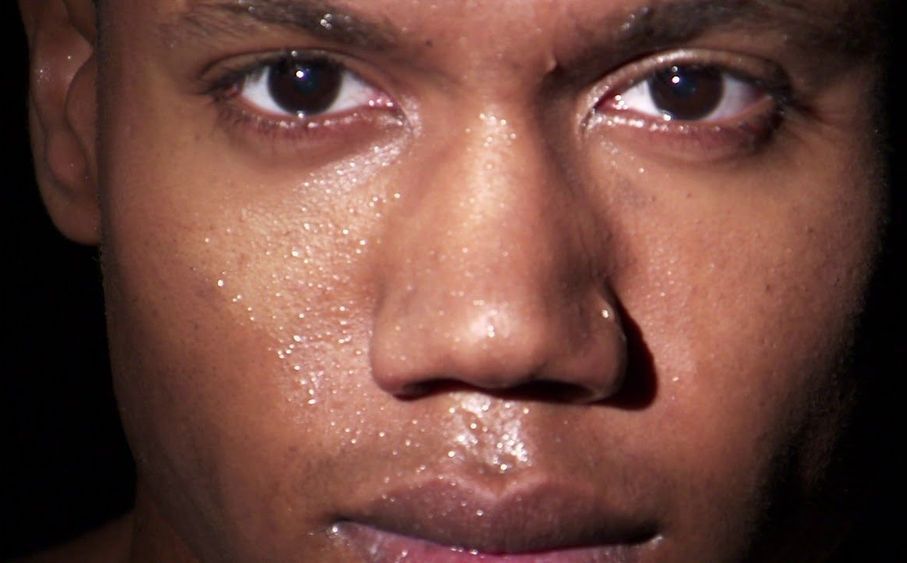Jun 8, 2020
Virus DNA spread across surfaces in hospital ward over 10 hours
Posted by Saúl Morales Rodriguéz in category: biotech/medical
Virus DNA left on a hospital bed rail was found in nearly half of all sites sampled across a ward within 10 hours and persisted for at least five days, according to a new study by UCL and Great Ormond Street Hospital (GOSH).
The study, published as a letter in the Journal of Hospital Infection, aimed to safely simulate how SARS-CoV-2, the virus that causes Covid-19, may spread across surfaces in a hospital.
Instead of using the SARS-CoV-2 virus, researchers artificially replicated a section of DNA from a plant-infecting virus, which cannot infect humans, and added it to a milliliter of water at a similar concentration to SARS-CoV-2 copies found in infected patients’ respiratory samples.
